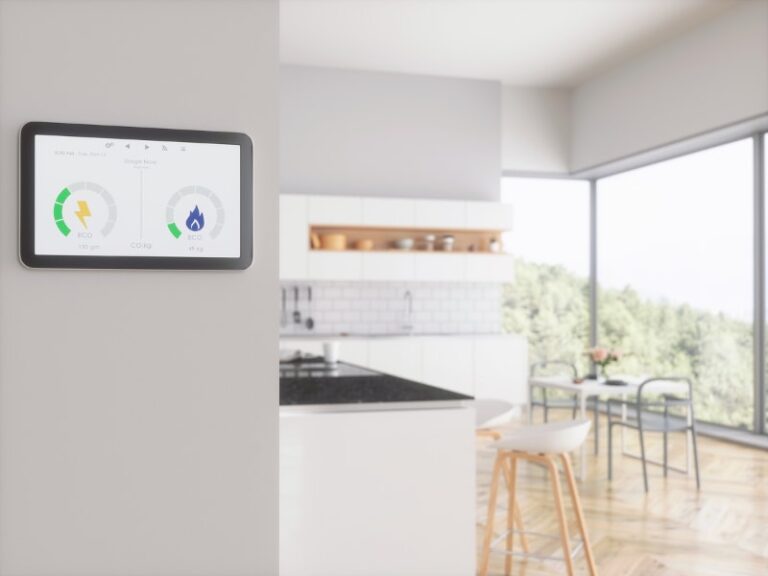In Plano, TX, and surrounding areas, the thermostat plays an essential role in home comfort. Learn how its location impacts your utility bills and overall comfort in your home.
Beware of Drafty Areas
Vents or tiny spaces around doors and windows produce air drafts as they push air inside or outside your home. Placing a thermostat near such areas will provide false readings and influence your overall indoor air temperature. Consider locating your thermostat far from drafty zones to avoid ghost readings.
Choose a Central Wall
A central wall in your home provides the best average temperature for your home as it’s free of the influences from outdoor weather. Choose an interior wall where most occupants spend their time, such as in the living room. Also, mounting the device five feet above the floor level may help capture the most accurate indoor temperature of your home.
Consider Your Wi-Fi
If you’re upgrading to a smart thermostat, the Wi-Fi range is critical. Ensuring the device is within the network’s strongest signals allows it to capture real-time readings. This action provides correct information to your air conditioning system.
Keep Your Thermostat Away From Direct Sunlight
The thermostat is highly sensitive to ambient temperatures and initiates actions to correct or maintain desired settings. Placing the device close to a window or a wall that receives a high amount of direct sunlight will influence its readings. Keep your thermostat off walls and areas exposed to direct sunlight to avoid ghost readings.
Keep It Away From Appliances
Most home appliances, such as electronics, stoves, and ovens, emit heat during operations. The placement of thermostats near these gadgets makes them record higher temperatures from actual readings. Placing your thermostat away from heat-emitting appliances discourages ghost temperatures.
To learn more about thermostats, contact All Service Heating & Air today. We’re experts in HVAC maintenance, home zoning systems, and indoor air quality services.
Image provided by iStock

